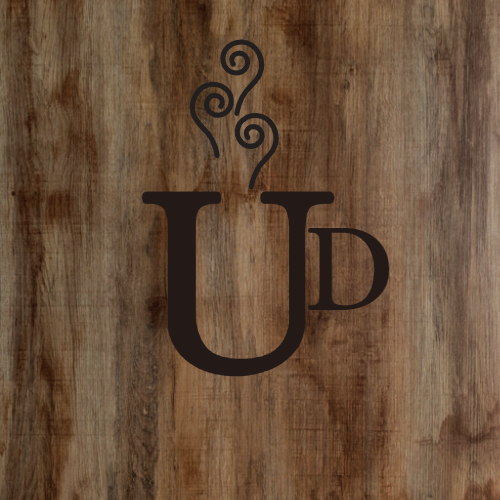Here it comes, the unchallenged Best Season ™ in all it’s glory. If you know anything about me at all, you know I’m a fall person. My novel The Boy Who Called the Foxes is a whole testament to that fact. I love the cool clear air, the wind, the long nights, the changing leaves,… Continue reading How I Reset My Goals for Fall
Category: Creativity
How to Recharge Your Creativity with Hobbies
You know what’s wrong with a lot of people anymore? They don’t have real hobbies. Too many people when I ask them what they do in their spare time say things like “Netflix,” “YouTube,” “Shop online,” “Listen to music.” Not that any of that’s bad. Those are nice things to do for entertainment and relaxation… Continue reading How to Recharge Your Creativity with Hobbies
How to Find Your Brand as an Artist
Sometimes I’ll admit I don’t know what I am. Sometimes I don’t feel like a whole person—just a creative void that somehow manages to produce art. But nothing can truly come from nothing. The art we create comes from who we are. In less words, you need to find your artist brand. Art is very… Continue reading How to Find Your Brand as an Artist
How to Survive a Creative Dry Spell
Sometimes terrible things happen when you’re barreling through a piano piece. You hit a sudden snag, you’re fingers trip, your hand shifts, your brain scrambles and all of a sudden, you’re literally playing every note on the keyboard except the one you were looking for, and that’s that. That happens now and then in everyone’s… Continue reading How to Survive a Creative Dry Spell
Strange Ways I Fight Writer’s Block
Writer’s block does happen. I have heard people rant about how it’s just your imagination and how “real” writers don’t get writer’s block. “Just keep writing,” they say. “It’s an excuse for laziness,” they say. Oh, okay, if that’s your philosophy, fine, be a snob about it. But for the rest of us, something’s got… Continue reading Strange Ways I Fight Writer’s Block
